Indoor farming isn’t simply about producing exotic foods closer to home and out of season, but also about harnessing renewable energy, as Peter Ranscombe finds out.
Aberdeenshire is at the forefront of Scotland’s experiments with vertical farming.
Martin Dickie, one of the founders of brewery and bar chain BrewDog, created an experimental indoor farm in a shipping container on his family’s 300-acre arable farm near Ellon.
The trial farm covers nearly 130 square feet spread across two trays, and has been used to grow herbs and leafy greens, as well as experimenting with strawberries and chillies.
The heat from the LEDs is enough to keep the temperature within a Mediterranean-like 20-25°C range, thanks to thick insulation.
Power to run the diodes comes through a renewable energy tariff.
“The shipping container sits in a less productive field for growing crops,” explained Graeme Warren, director of Vertegrow, the company set up by Dickie’s investment firm, Steadman Partners, to run the project.
Mr Warren added: “Moving into vertical farming was an option that Martin and I began discussing three or four years ago, while we were looking at the future of farming in Scotland and how to grow food more sustainably, rather than flying stuff in from the Mediterranean or North Africa.
“Realistically, we’re not going to compete with an Angus strawberry grower in the middle of July, but we wouldn’t try to do that – we’re focusing the business on crops that are otherwise difficult to grow in Scotland, and so are imported, or growing native crops like soft fruit in the winter to displace imports.”
Vertegrow is using the lessons learned in its shipping container to build a 33ft tower on the farm.
The tower is expected to be completed in August and will have 50 trays, allowing it to produce around 10 tonnes of food every year.
Salad leaves and herbs grown in the shipping container are being sold to local restaurants and retailers, and the company has spoken to the main food wholesaler for BrewDog’s bars as a potential customer for crops from the tower.
The company is continuing to look at the best way to power its larger vertical farm.
Mr Warren said: “We’ve done some feasibility studies on small wind turbines and we’ve looked in the past at solar.
“But we want to make sure we get the right fit and do something that’s not simply tiny generation, which would just be greenwashing.”
Looking further ahead, Vertegrow has partnered with Light Science Technologies, RheEnergise, and the UK Urban AgriTech collective to form the Vertical Farms & Storage Technologies (V-Fast) consortium.
V-Fast aims to build a series of vertical farms on rolling hills between Forfar and Dumbarton.
RheEnergise’s pumped-storage hydro-electric technology would allow the farms to store power from wind turbines and solar panels for use on cloudy and still days.
Building a vertical farm 10 times larger than Vertegrow’s tower near Ellon may cost between £5 million and £10m, and so joint ventures with customers could help to fund future sites.
While Vertegrow is cutting its teeth on a traditional farm in the countryside, Grown Agritech has chosen a more urban setting for its demonstration project.
Founders Vinay Arja, from India, and Duarte Carvalho, of Angola, met while studying for their postgraduate degrees in business administration at Aberdeen University.
An academic project on food production led to them creating their own company, with support from an accelerator programme run by Elevator UK, which delivers Business Gateway services in the north-east.
Aberdeen-based Grown Agritech is developing a growing system people will be able to use to set up their own commercial vertical farms.
The company is also creating a computer system to run indoor farms, connecting sensors via the “internet of things” (IoT) to monitor plants as they grow.
In addition, the founders plan to incorporate machine learning into their digital platform to help growers manage their farms.
They are building an 800sq ft demonstration vertical farm inside Opportunity North East’s technology hub on Schoolhill in Aberdeen.
Their indoor farm will initially grow micro and leafy greens, then sell them to local shops and restaurants.
Mr Arja said: “We are looking to make our digital product low-cost, so that it can be implemented in developing countries as well.
“We are in touch with a few government organisations in Africa – we spoke to the agriculture department in Angola and the works department in Ghana, and also to the World Bank to be part of its projects to implement digital technologies where they’re needed most.”
Funding and partnerships
Both Grown Agritech and Vertegrow received grants from the Food and Drink Net Zero Challenge Fund – run by the Scotland Food & Drink Partnership and academic match-making body Interface – to help them work with Scottish universities and colleges to develop their technology.
Grown Agritech has teamed up with Aberdeen University to improve the effectiveness of indoor growing systems, while Vertegrow has partnered with Scotland’s Rural College to monitor the carbon footprint of its operations.
Growth market
Glasgow-based vertical farming specialist Kilimo IoT also received funding to work with Robert Gordon University, of Aberdeen, to develop its data gathering process.
Market analysis firm Grand View Research predicted in March the global vertical farming market will post compounded annual growth of 25.5% between now and 2030, when the sector is expected be worth about US$33 billion, or £27 billion at today’s prices.
Meanwhile, Scottish vertical farming specialist Intelligent Growth Solutions (IGS) launched its first demonstration farm in 2018.
Its crop research centre is based at the James Hutton Institute at Invergowrie.
Last year at COP26, where it showcased its technology, it announced it had received a cash injection last of more than £42 million to fund its next stage of global growth.
What is vertical farming?
Farmers have used the same tools in one form or another for generations – a plough, a seed drill, perhaps a tractor or two.
Soon, some of those farmers could be swapping their combine harvesters for light-emitting diodes (LEDs).
Instead of planting crops in fields, vertical farming involves growing plants indoors, often in towers, with trays stacked one on top of the other.
Rather than relying on sunlight, LEDs are used to provide the energy needed for the plants to grow.
Instead of soil, a range of “growth media” is used, from crushed coconut shells to hemp or jute.
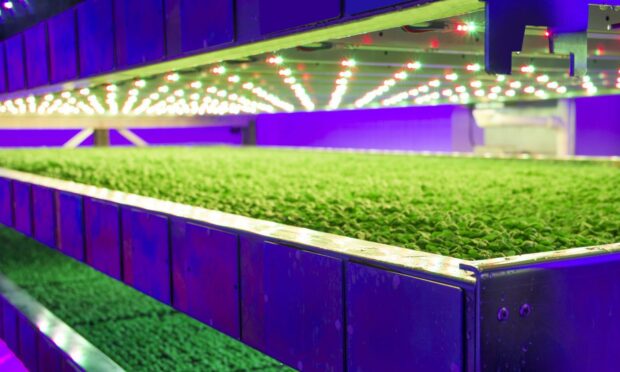
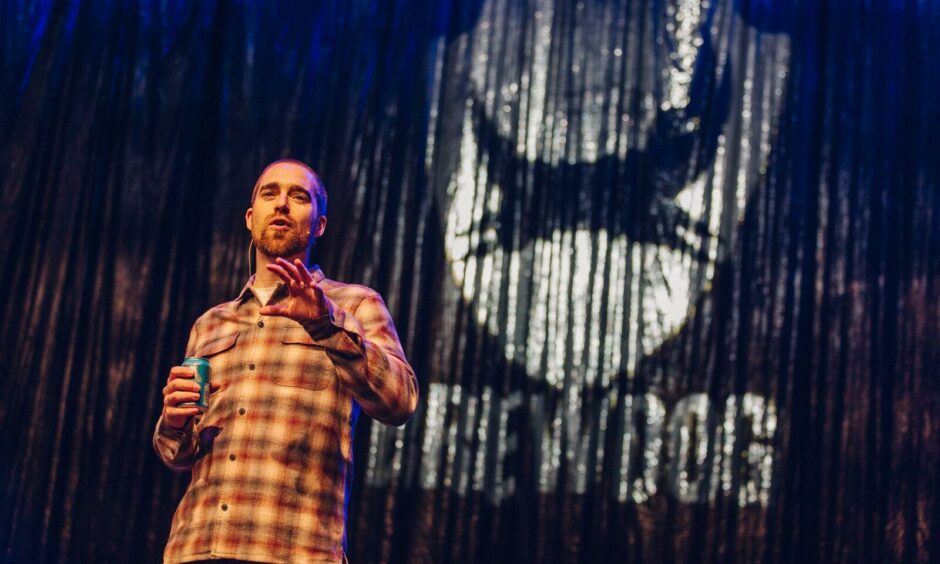
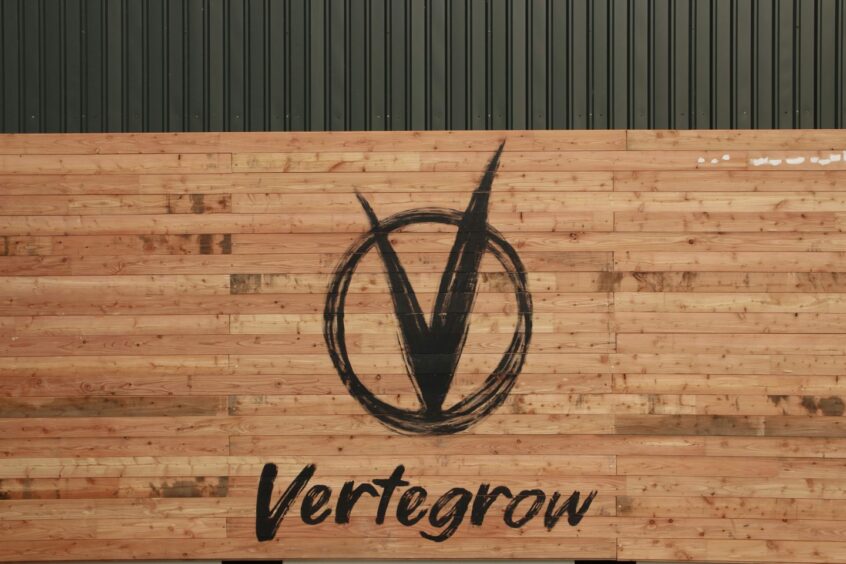
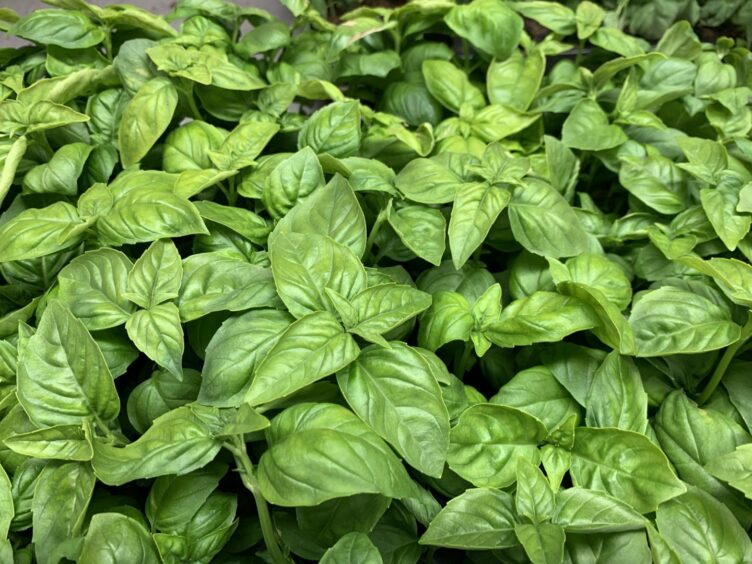
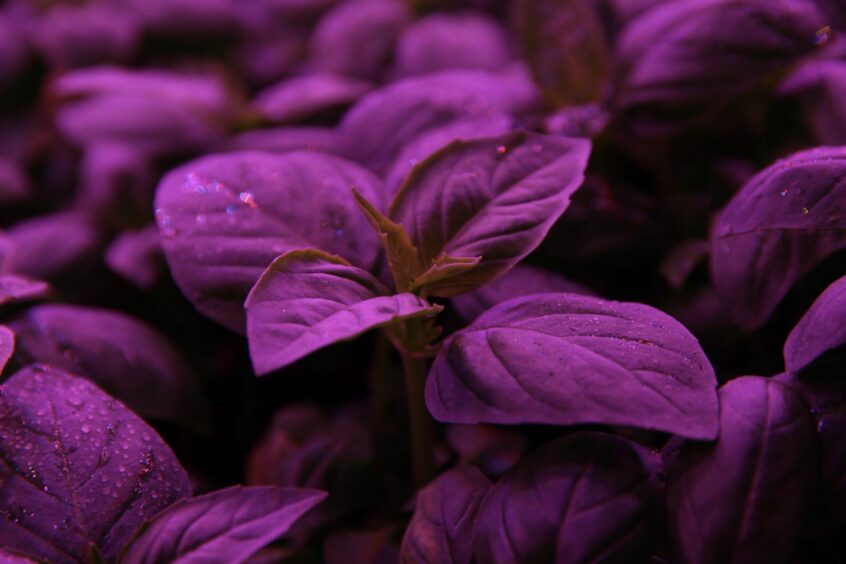
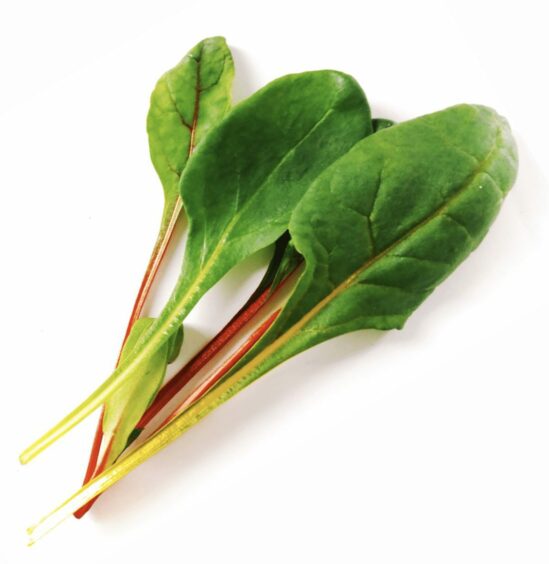
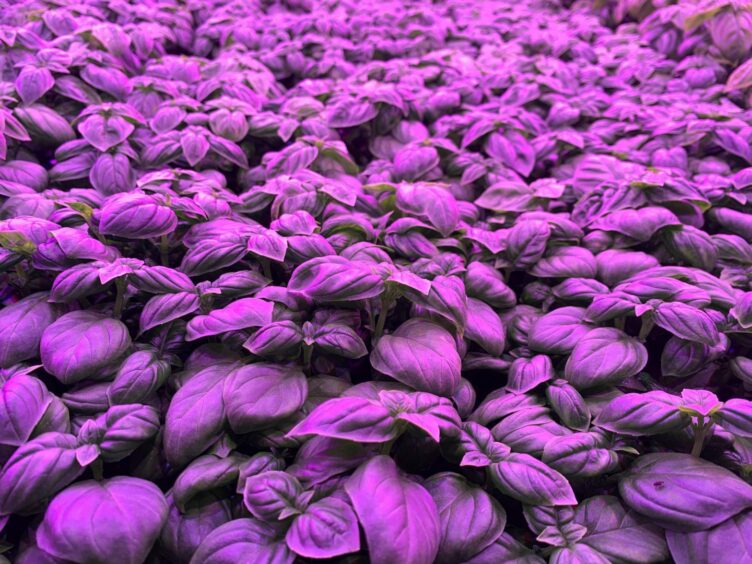
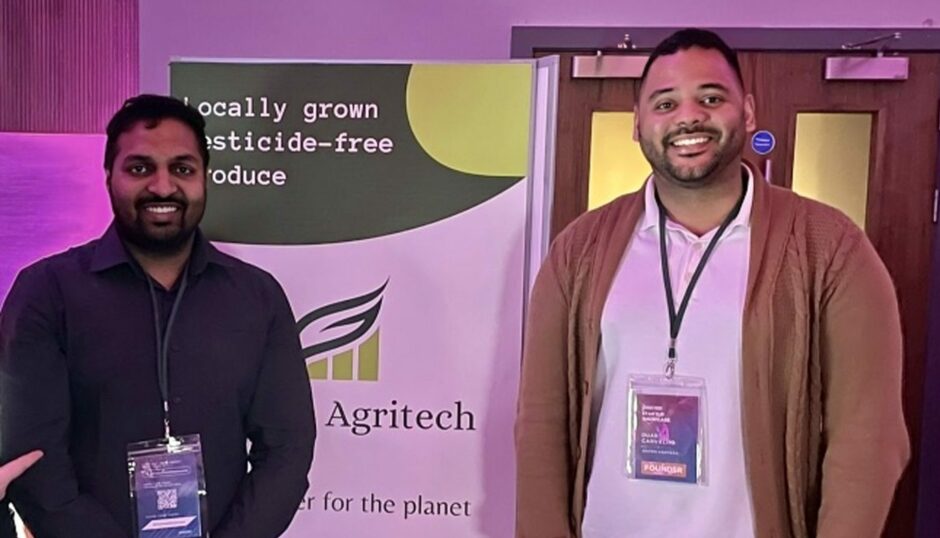
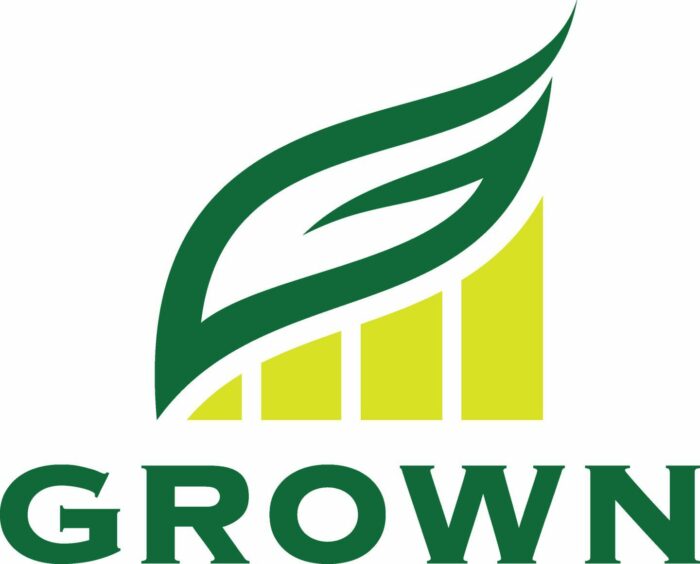
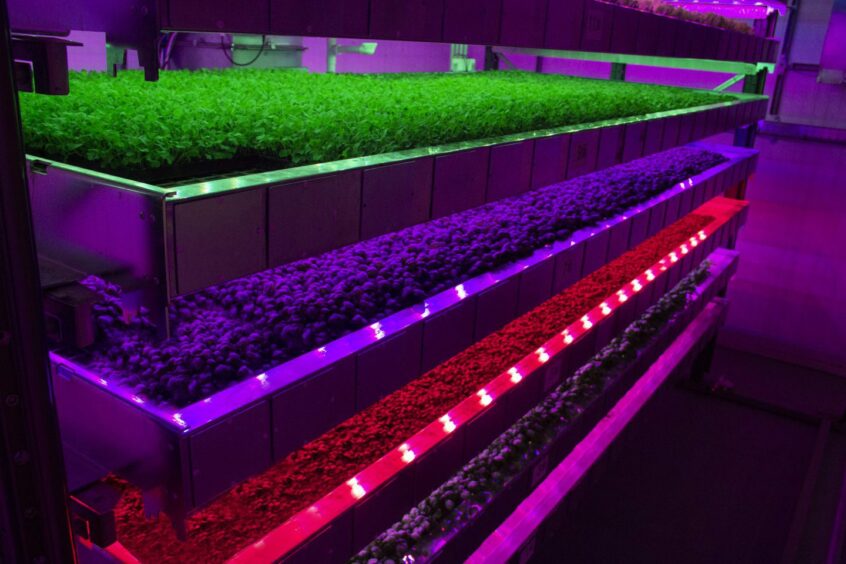
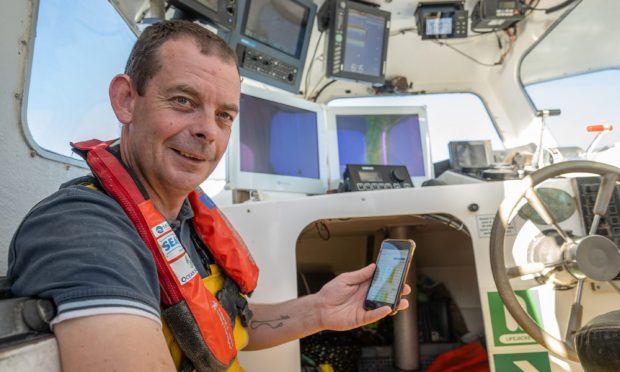
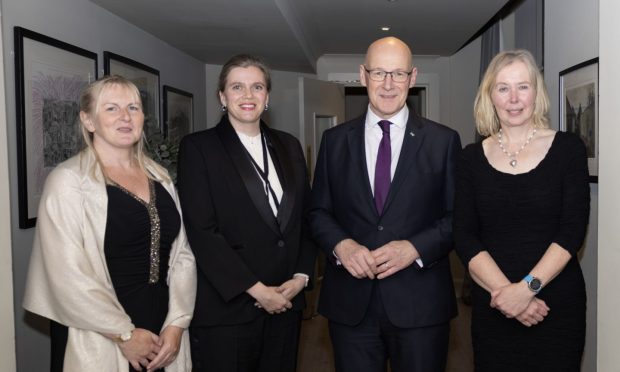
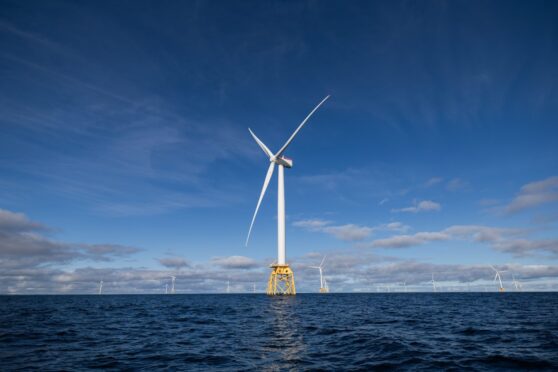

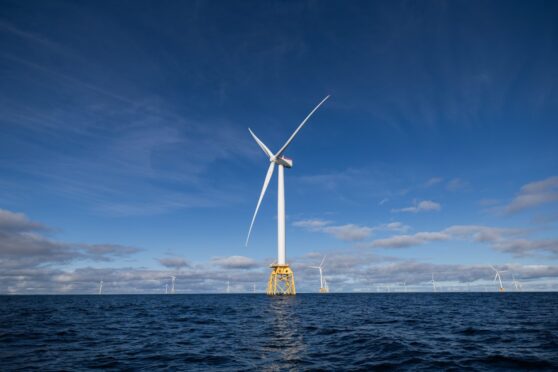
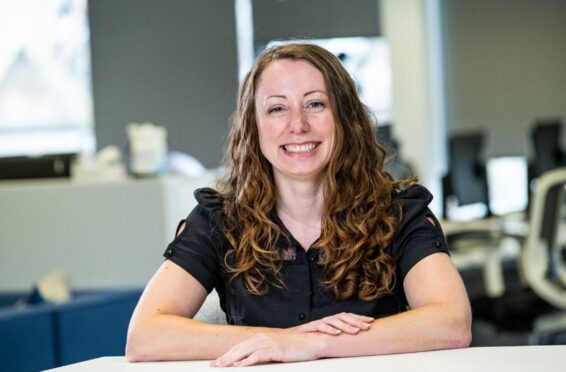



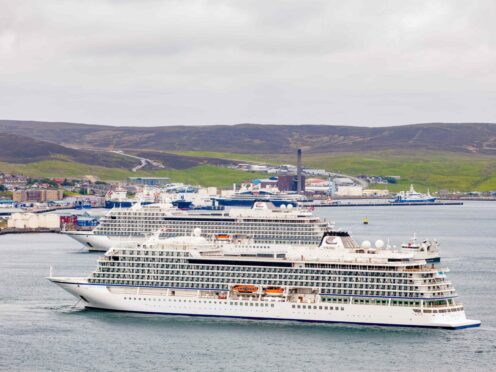
Conversation